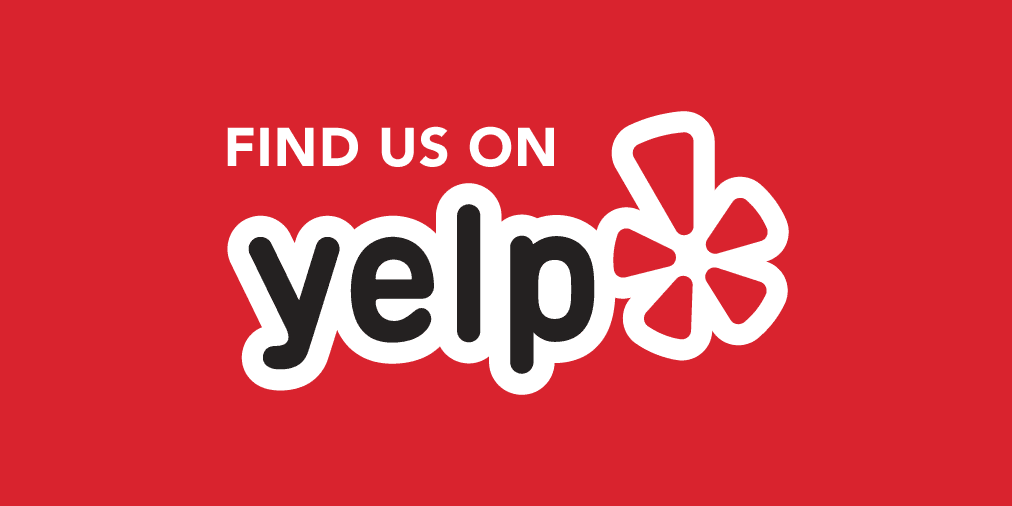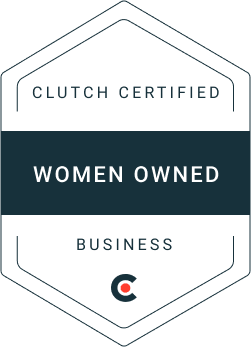Paul O’Connor is a regular pinner on Pinterest. He’s pretty unique, not necessarily because of what he pins, but because he pins at all. Most of the active users on Pinterst are women. O’Connor uses Pinterest because he thinks its image-centered UX is perfect for organizing and storing comic book art. He’s posted more than 5,700 pins in just two years, and has accumulated over 3,300 followers. And, he knows how to joke about his lonely man out status. His profile tagline reads: “Fighting a one-geek war against handbags and hairstyles on Pinterest.”
Even though Pinterest has started to attract more men, most Pinterest users are still women. “If you pull up Pinterest and go into any content section, you will see purses, dresses, and women’s shpws because women are the user base,” says Jill Sherman, DigitasLBi’s VP of Social and Content Strategy. So, it’s a pretty obvious relationship: because most Pinterest users are women, most of the content is obviously geared towards traditional “women-centered” things.
ComScore data shows that of all of the social networks, Pinterest is the most gender imbalanced. 71.4% of Pinterest users were female, as of December 2013. The gender gap is closing, if only slightly. In February 2013, 73.8% of users were female. The other social networks enjoy much more gender balance, making Pinterest an outlier.
The concept is so great, which is why so many people have flocked to Pinterest. But, it’s gotten a reputation for being all about weddings and recipes and fashion, turning some men off. That’s why spinoffs have been popping up that target men, such as Dartitup. Brandon Harris co-founded Dartitup in 2012, using “darts” as the more masculine stand in for “pins.” The audience grew in the first year, but Harris isn’t quitting his day job as a retention manager at Jackson Hewitt just yet.
Dartitup’s website traffic has stagnated in recent months, averaging between 200,000 and 400,000 pageviews a month. The site currently generates enough revenue to pay for itself, but it isn’t turning a profit.
Harris thinks that the concept itself might be to blame. “Scrapbooking is not something that’s natural to guys. When you think what girls use Pinterest for, they put together albums for weddings and ideas because they do that outside of Pinterest anyway.”
We take issue with the notion that all girls love scrapbooking – some of the women here in the office certainly don’t. But, we agree that Pinterest is perfect for creating boards for collaborative events like weddings, parties, etc. And, it’s a great place to discover and curate things you like anway. Instead of clipping a recipe froma magazine, for example, we might now pin that recipe from the magazine’s website for later use.
Dartitup isn’t the only site having problems convincing men that there can be a “manlier” version of Pinterest. Manteresting, Punchpin, Gentlemint, and Tapiture have all seen mild success and received some press attention. But, only Tapiture is tracked by comScore, and its seen a traffic decreased from 259,000 in February 2013 to 186,000 in December 2013.
Tapiture’s CEO, John Ellis, disputes these figures, saying that unique visits actually increased from November to December of last year, and also from December to January. According to Ellis, the business earned “seven figures” in just eight months. The audience is approximately 75% male and he sees the content as “edgier.”
Pinterest, for its part, is making an effort to diversify its user base by introducing new features to attract more males. For example, they introduced new pints that are curated around a specific interest like men’s fashion. There’s also an easier way to save articles. These new features do appear to be attracting more men. They’ve increased their overall traffic while increasing the number of male members.
But, Pinterest’s efforts to attract men might backfire. Pinterest runs the risk of alienating women, their main demographic. If Facebook’s struggles with young users has taught us anything, it’s that you can’t take your base demographic for granted. “Pinterest’s design proved itself to be valuable among its uers base, and it just happened to be predominantly female,” said Sherman. “I’m not sure they need to deviate from that model.”









